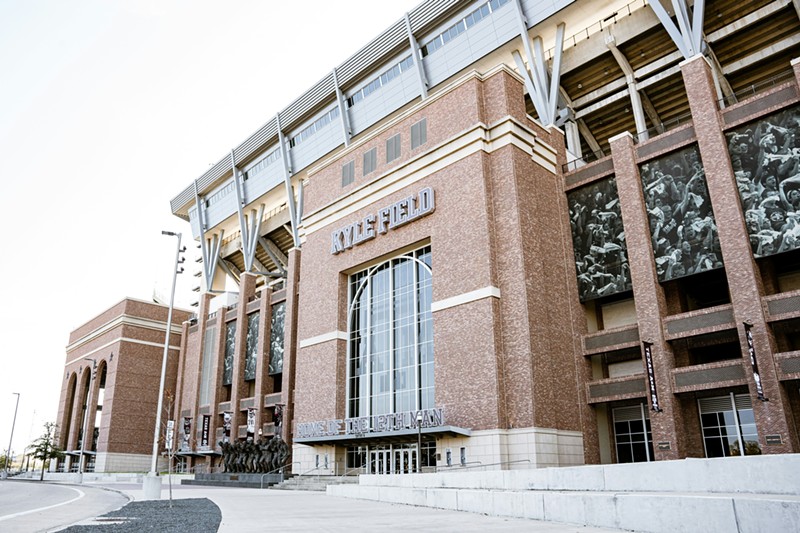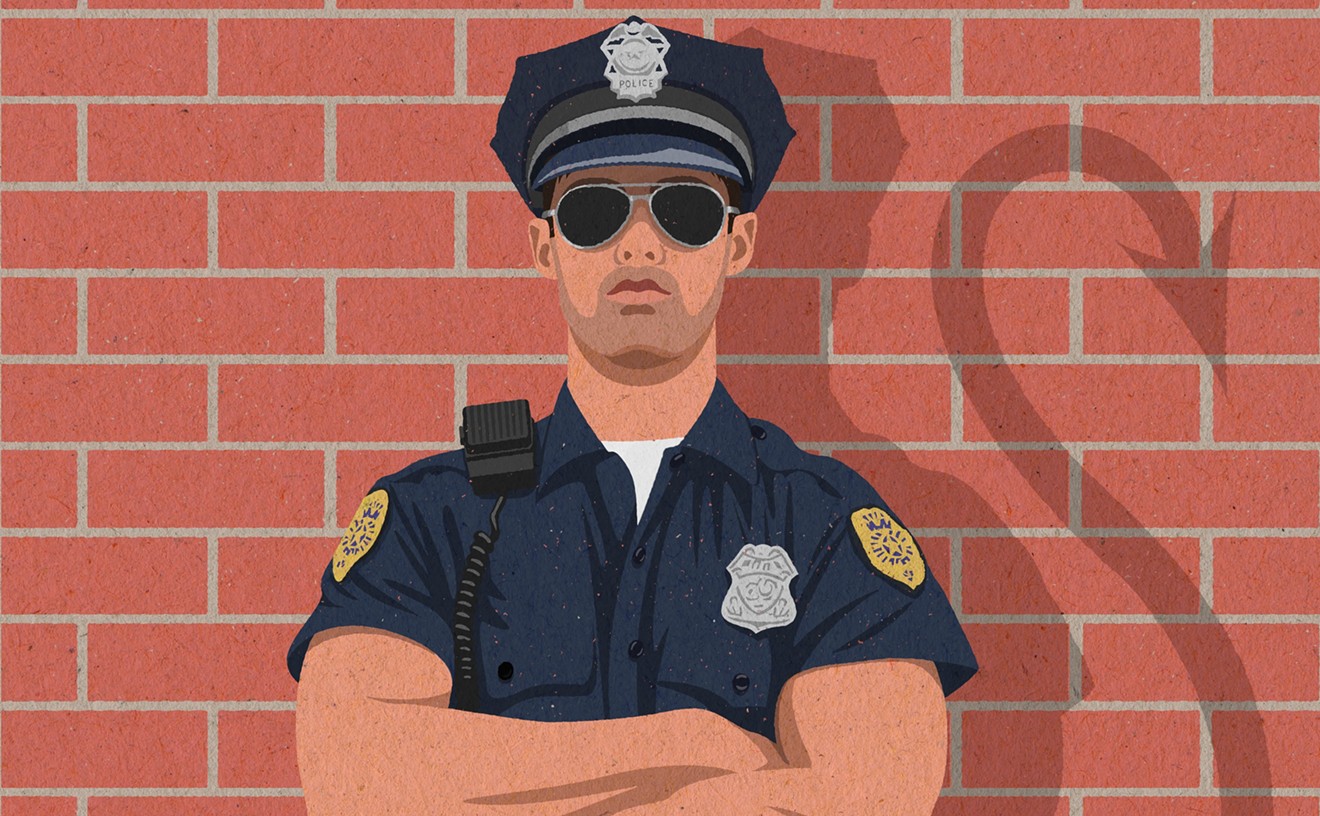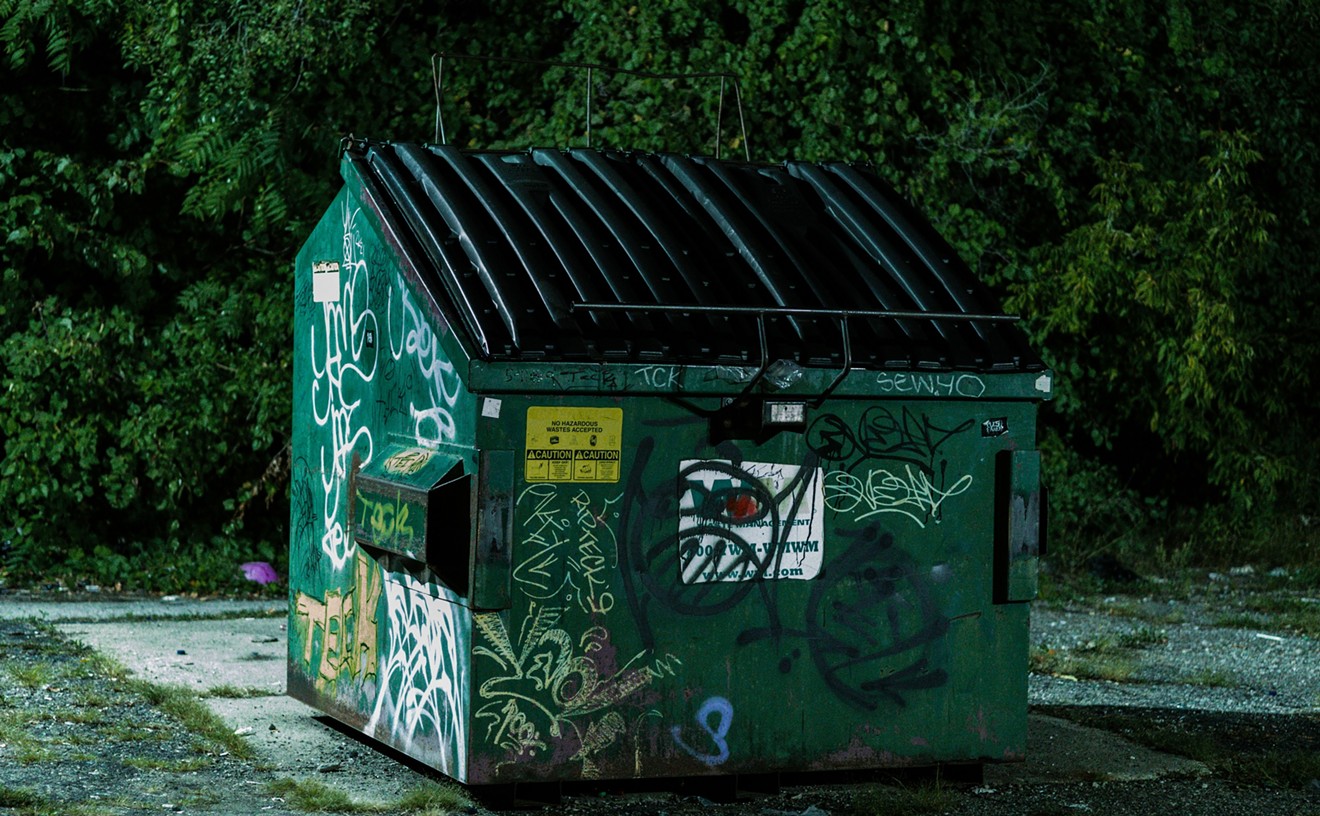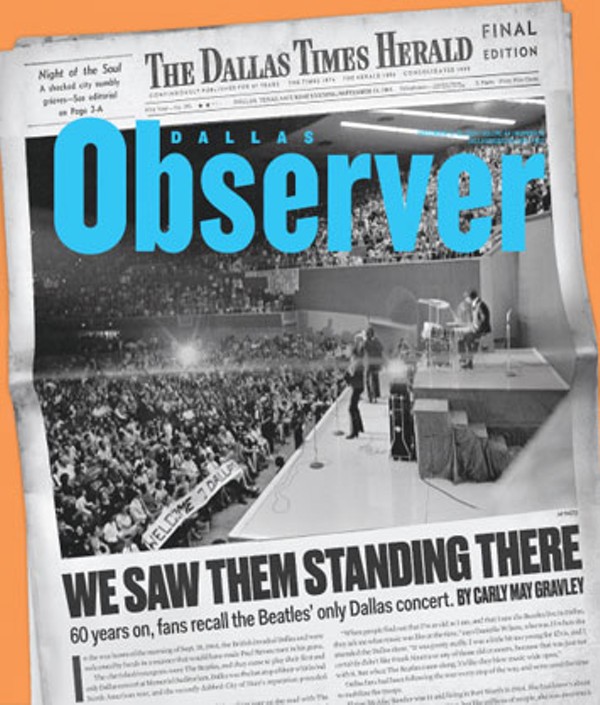Some Texas universities stepped up in a big way over the past year, according to an annual ranking of United States colleges.
Twenty-nine schools from the Lone Star State made The Wall Street Journal list of the 500 Best Colleges in the U.S. That’s up from 23 in the 2024 list. The top-ranked Texas school, again, was Texas A&M university, coming in at a lofty No. 28, up 10 spots from its perch on the 2024 list.
The Aggies weren’t the only Texas school to rise up the ranks in the new list, released a few days ago. Rice University, in Houston, is right behind A&M at No. 29, a dramatic jump from 64 on last year’s list. And although the Longhorns of the University of Texas surely never like to lose to A&M in anything, coming in at No. 41 this year after not even making the top 100 last year is nothing to be too bummed about.
It seems that neither the recent free speech controversies A&M has found itself entangled in nor the exorbitant amount of money it wasted on the football coach the school fired not too long ago harmed its standing with the Wall Street Journal.
The Journal developed its rankings based on a number of criteria, including “student outcomes” such as a student’s salary after graduating, as well as diversity factors and even “average net price” for attending the school.
According to the survey, Texas A&M has a “value added to graduate salary” of $43,740. That stat is defined as “the value added to graduates’ median salary attributable to attending the college,” which means it pays big to be an Aggie.
Perhaps unsurprisingly, Princeton University was No. 1 on the list for the second year in a row, while the Massachusetts Institute of Technology, dropped a few spots, from No. 2 last year, to No. 6 this year.
There’s a large gap in the list between UT and the fourth Texas college on the list, which is University of St. Thomas in Houston, coming in at No. 210. But the rest of the list makes clear that a school’s traditional prestige doesn’t guarantee a high ranking.
The top DFW-area school is the University of Texas at Arlington, landing at No. 216, followed by Texas Woman’s University in Denton at No. 223. Both of those schools beat Texas Christian University (No. 230), the University of North Texas (No. 272), Southern Methodist University (No. 278), the University of Texas at Dallas (No. 319), and the University of Dallas (No. 369).
Here’s how the Texas schools stacked up in The Wall Street Journal’s Best U.S. Colleges for 2025.
No. 28. Texas A&M University
No. 29. Rice University
No. 41. University of Texas at Austin
No. 210. University of St. Thomas
No. 212. Trinity University
No. 216. University of Texas at Arlington
No. 219. Sam Houston State University
No. 223. Texas Woman’s University
No. 229. Texas Tech University
No. 230. Texas Christian University
No. 242. University of the Incarnate Word
No. 244. Texas State University
No. 254. University of Houston
No. 256. University of Texas Rio Grande Valley
No. 272. University of North Texas
No. 278. Southern Methodist University
No. 295. University of Houston, Downtown
No. 297. University of Texas at San Antonio
No. 319. University of Texas at Dallas
No. 320. University of Texas at El Paso
No. 340. Baylor University
No. 349. University of Texas at Tyler
No. 369. University of Dallas
No. 382. Houston Christian University
No. 400. Tarleton State University
No. 401. University of Mary Hardin-Baylor
No. 414. Stephen F. Austin State University
No. 432. Abilene Christian University
No. 435. Prairie View A&M University

Audio By Carbonatix
[
{
"name": "Air - MediumRectangle - Inline Content - Mobile Display Size",
"component": "18855504",
"insertPoint": "2",
"requiredCountToDisplay": "2",
"watchElement": ".fdn-content-body",
"astAdList": [
{
"adType": "rectangle",
"displayTargets": "mobile"
}
]
},{
"name": "Editor Picks",
"component": "17105533",
"insertPoint": "4",
"requiredCountToDisplay": "1",
"watchElement": ".fdn-content-body",
"astAdList": [
{
"adType": "rectangle",
"displayTargets": "desktop|tablet"
},{
"adType": "rectangle",
"displayTargets": "desktop|tablet|mobile"
}
]
},{
"name": "Inline Links",
"component": "18349797",
"insertPoint": "8th",
"startingPoint": 8,
"requiredCountToDisplay": "7",
"maxInsertions": 25
},{
"name": "Air - MediumRectangle - Combo - Inline Content",
"component": "17105532",
"insertPoint": "8th",
"startingPoint": 8,
"requiredCountToDisplay": "7",
"maxInsertions": 25,
"watchElement": ".fdn-content-body",
"astAdList": [
{
"adType": "rectangle",
"displayTargets": "desktop|tablet"
},{
"adType": "rectangle",
"displayTargets": "desktop|tablet|mobile"
}
]
},{
"name": "Inline Links",
"component": "18349797",
"insertPoint": "8th",
"startingPoint": 12,
"requiredCountToDisplay": "11",
"maxInsertions": 25
},{
"name": "Air - Leaderboard Tower - Combo - Inline Content",
"component": "17105535",
"insertPoint": "8th",
"startingPoint": 12,
"requiredCountToDisplay": "11",
"maxInsertions": 25,
"watchElement": ".fdn-content-body",
"astAdList": [
{
"adType": "leaderboardInlineContent",
"displayTargets": "desktop|tablet"
},{
"adType": "tower",
"displayTargets": "mobile"
}
]
}
]












